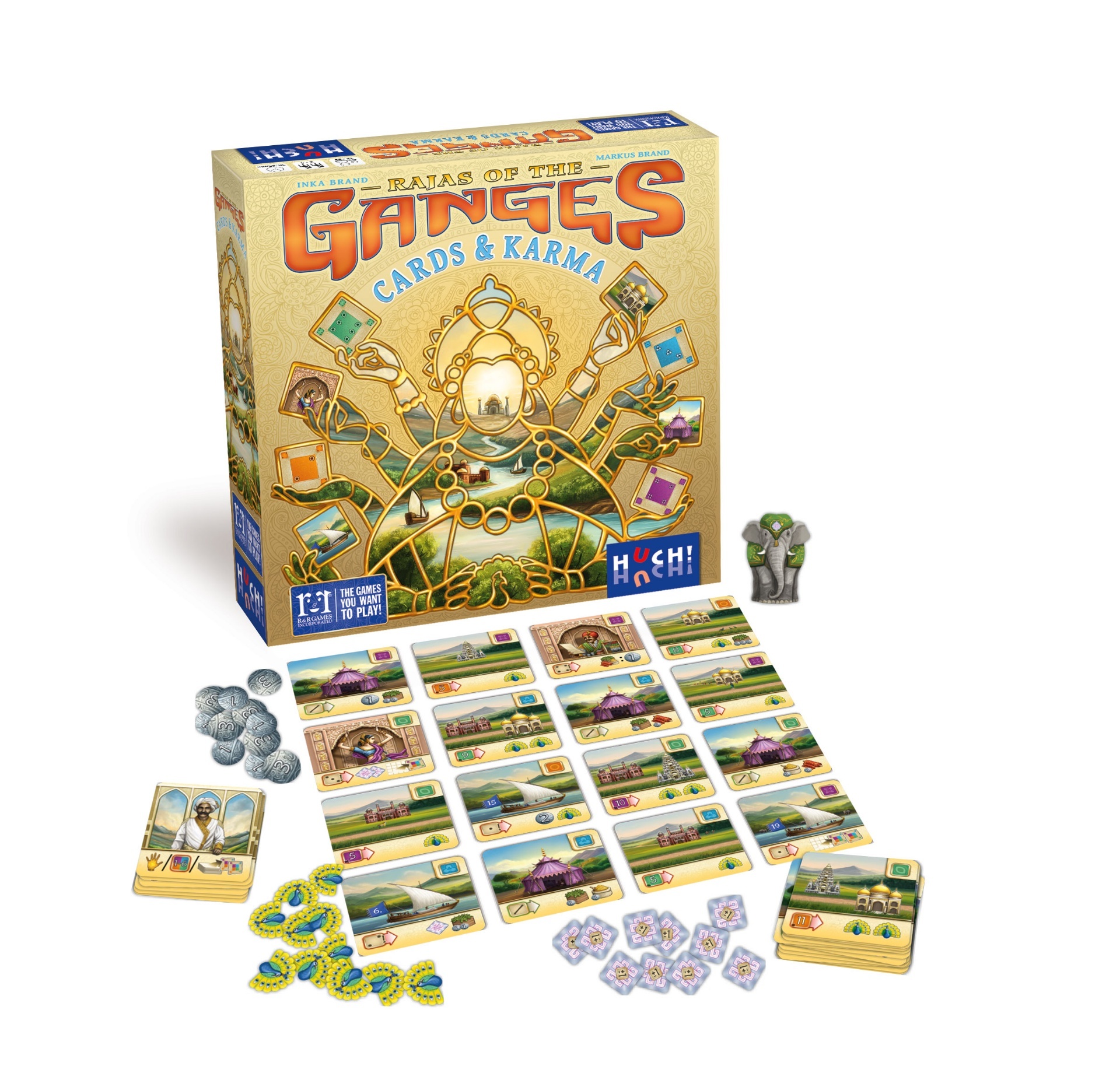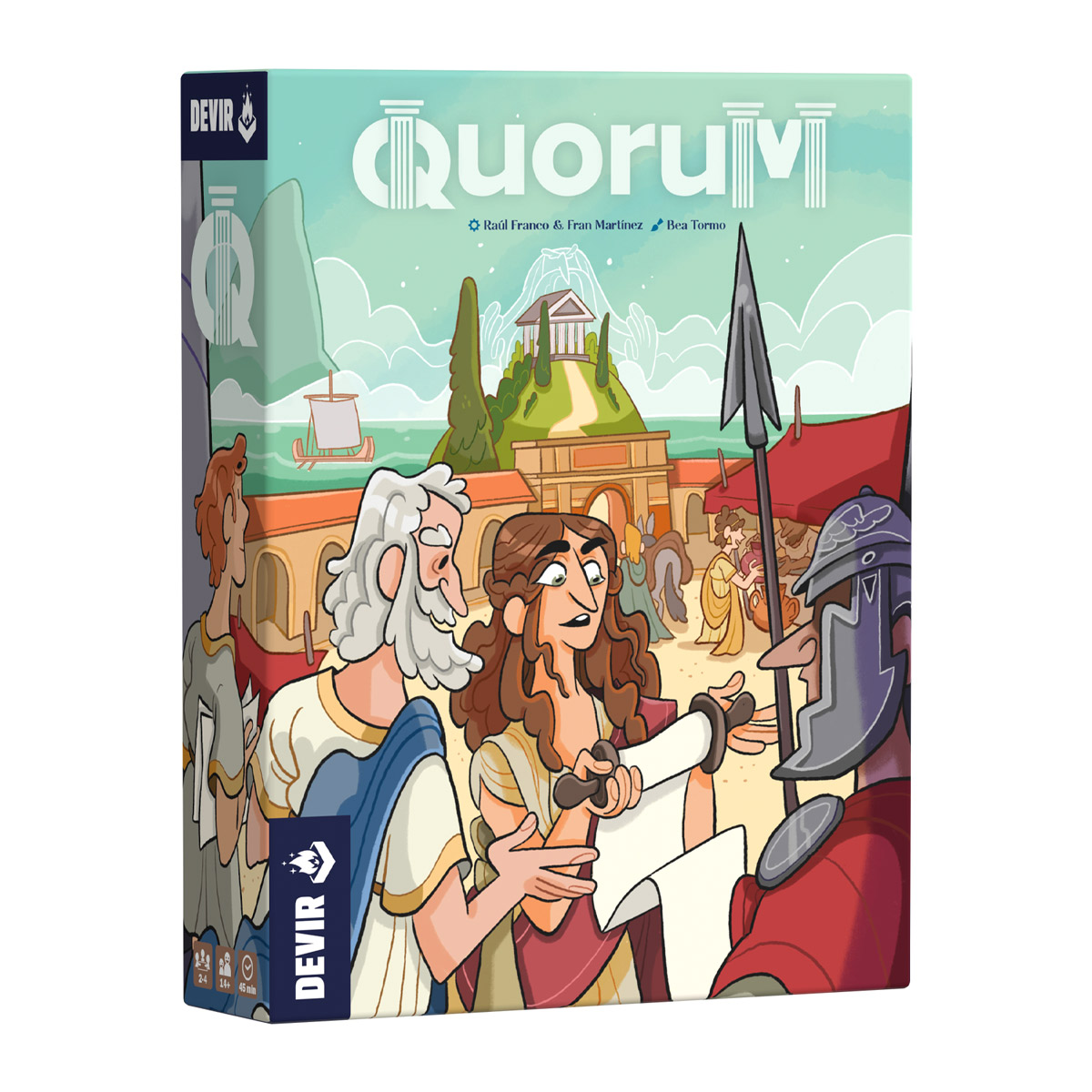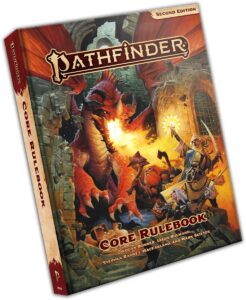
Pathfinder 2.0 is out! The testing is over, and the final version is printed and went on sale at GenCon this year. Your roving reporter has his books in hand and has spent the time digging through to see what’s new. And there’s quite a bit to talk about.
A good place to get a feel for the sorts of changes that have been made is in character creation. Most games start by having you generate your ability scores. This is a holdover from ‘70s era D&D, when you’d roll your stats in order and then decide what race or class you wanted to play.
Pathfinder 2.0 take a completely different approach. Your ability scores all start at 10, and then move up and down based on the choices you make for ancestry (what most games call “race”), class, and background. Choose to play an elf, for instance, and your Dexterity and Intelligence both go up to 12, while your Constitution drops to 8. Play a goblin, and your Dexterity and Charisma rise to 12, but your Wisdom drops to 8. If you pick Bard or Sorcerer for your class, your Charisma score goes up by another two, while Rangers can increase either Dexterity or Strength.
You pick a background for your character as well, and this also affects your stats. Criminals can boost either Dexterity or Intelligence plus one other stat, while Animal Whisperers pick between Wisdom or Charisma (plus one additional stat). Each boost increases that stat by 2 points, so there will be a lot of picking just the right ancestry, class, and background to get the character you want.
You’ll also get skills and feats with your background. What you won’t get are the sorts of powers D&D designers call “ribbons,” abilities that are pure flavor, like being able to pay for your lodgings by entertaining the inn’s patrons, or having non-combatant followers. The result is a tightly-woven system that’s all about making sure every choice you make when creating and leveling up your character is reflected in the hard numbers of the rules.
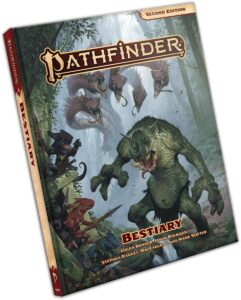
Which isn’t to say the game is flavorless. Far from it! The separation of feats among ancestry, class, etc. means you’re less likely to be forced to pick between who you want your character to be and the numerical bonuses you want. The Bestiary especially oozes the sort of flavor we’ve come to expect from Pathfinder, taking the ideas of D&D and expanding on them to create foes both memorable and thematic. A decade of amazing creativity and design, tying the traditional monsters of fantasy to Pathfinder’s original setting, as well as just taking crazy ideas like the adorably homicidal goblins and running with it, have created a rogues’ gallery of creatures that just scream inspiration at GMs.
GMs will also appreciate the streamlined monster stat blocks. As a system, Pathfinder is very demanding on GMs, and Paizo has worked to make things easier to run at the table, largely by focusing on the elements of encounter design and how monsters work. Advice for running the game and magical treasure is found in the Core Rulebook; the GM’s Guide, yet to be released, will be more about tools, including advice on creating your own monsters and tons of NPC stat blocks.
If you’ve been following the playtest at all, you probably know the other big news: the three-action round. Instead of having a host of action types you could perform on your turn, you know have three wide-open actions. Want to move, then attack twice? You can do that. I love the way they’ve integrated this with their spells, allowing many spells to have multiple variants that grow in power or utility depending on how many actions you spend casting them.
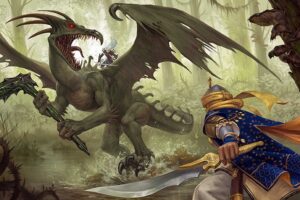
There’s a lot more we could talk about here, such as the details of the different collections of feats, natural healing, how dying works, etc. If you’re an old hand at Pathfinder, head down to your local Dragon’s Lair Comics and Fantasy® to speak to the RPG experts about what has changed, what hasn’t, and how you can get started playing with the new game right away.
If you’re brand new to Pathfinder, now is a great time to get into the game. Pathfinder has always been the game for those who like D&D but want a bit more mechanical crunch in their games. With D&D 5e and Pathfinder 2.0, this is still true, maybe even more so than before. While certain aspects of the game have been streamlined (especially things like combat actions), this is still the game to play if you want tons more mechanical options to make every character unique. If you feel like every fighter is the same, or you think D&D is a bit too loosey-goosey in its edge-cases and “unwritten rules,” then you should absolutely check Pathfinder 2.0 out. It might be just the shot-in-the-arm your fantasy adventures need.


